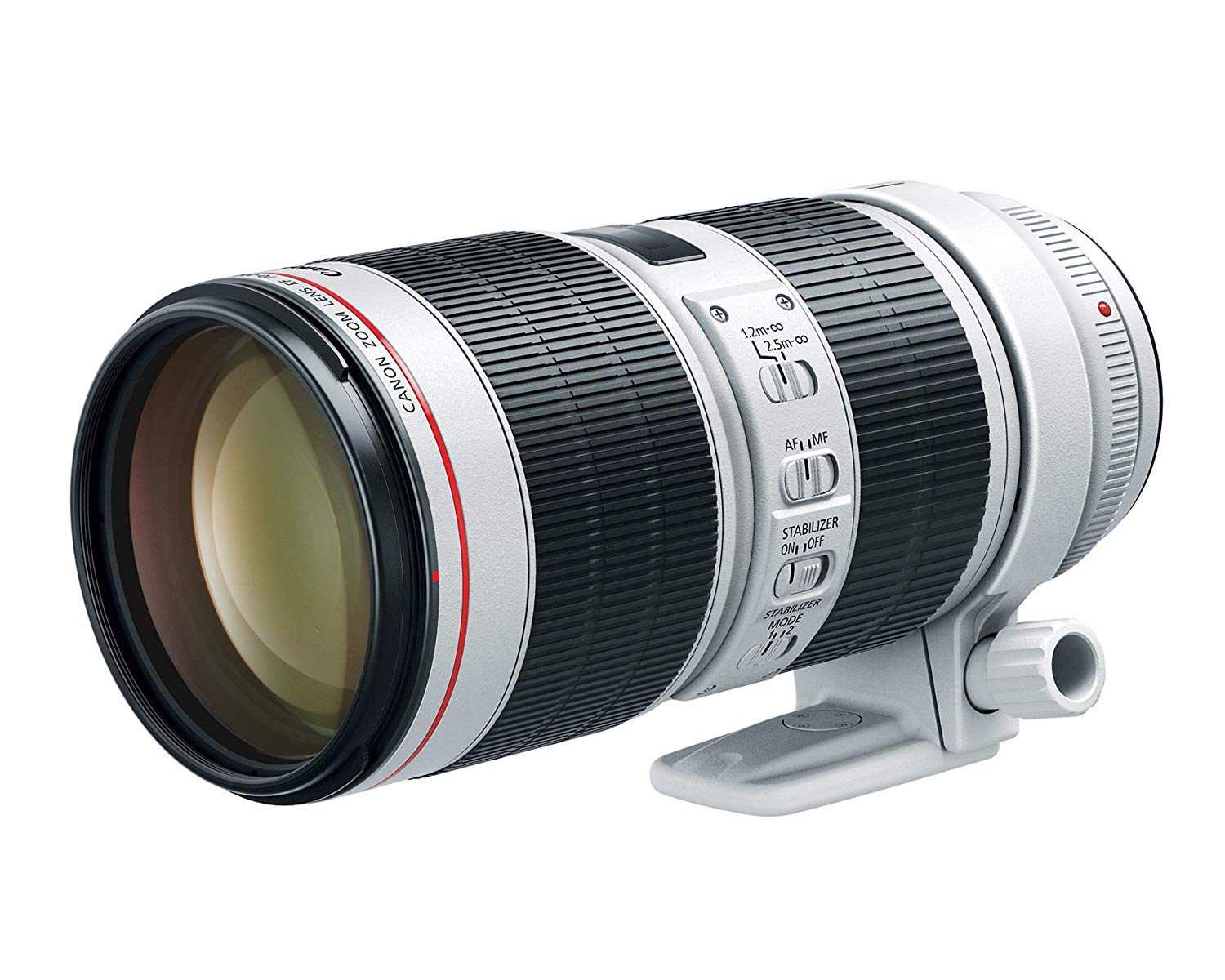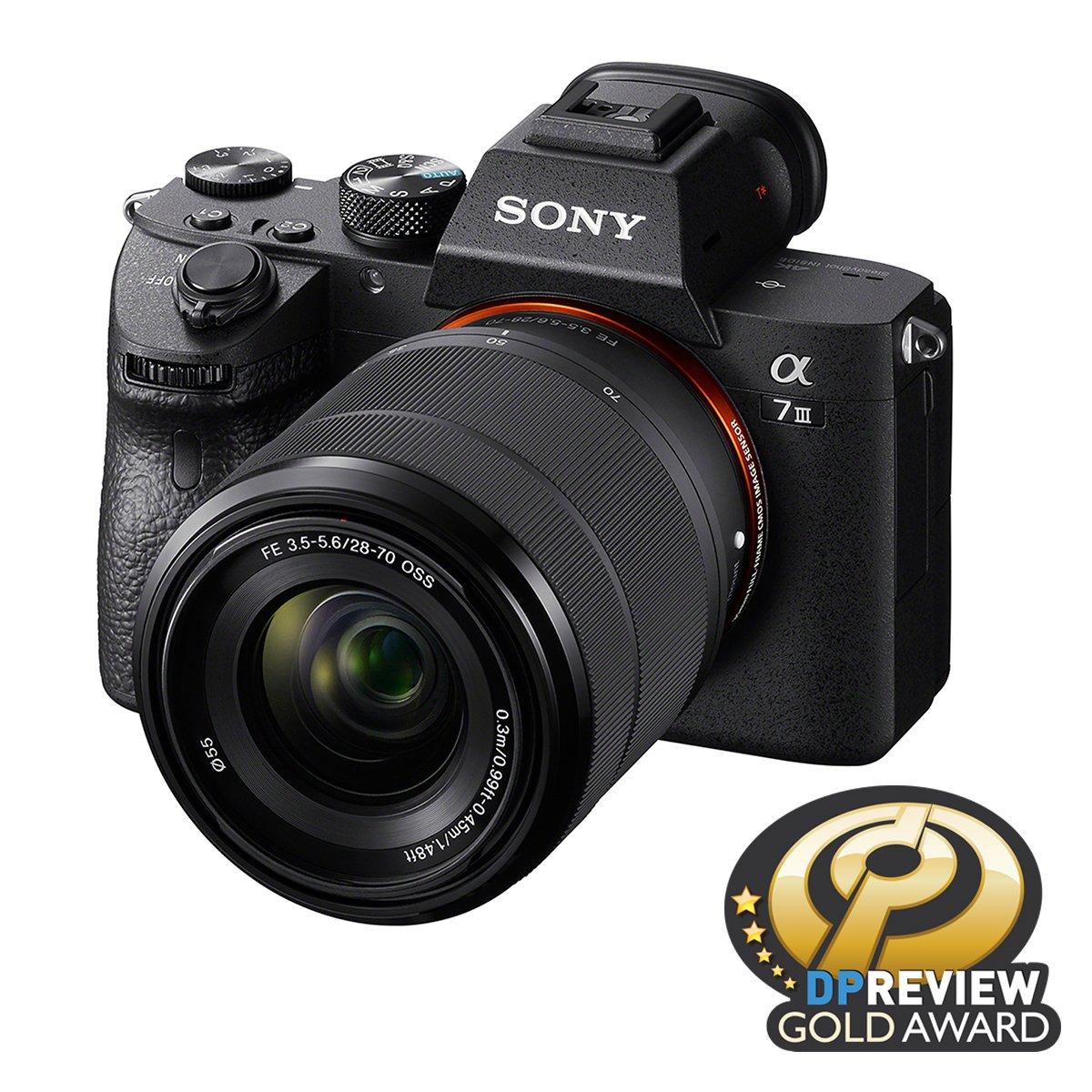canon 7d
When discussing which class a specific camera falls into, you need to realize that there is some inconsistency. One individual's perspective on Canon mid-go DSLR cameras may not be equivalent to another's. Notwithstanding, for everybody, the Canon 7D certainly qualifies.
One of the passing elements incorporates a sticker price of simply over $1000 for the body as it were. A large portion of the section level models will come in at under a stupendous, and some will be far less.
All in all, when looking at models, would it be that you get at this greater expense tag?
*For a certain something, you will get a quick burst rate. For this situation, you can take up to 8 edges for each second instead of 5.3 edges every second with the Canon 60D and a negligible 3.7 casings for each second with the T3i.
*Another exceptionally convenient advantage is the double picture processors. With two processors, the camera can deal with occupations a lot quicker and all the more effectively.
*Body development is likewise much better with magnesium combination material for the whole camera body. Lower models in the line-up utilize a polycarbonate plastic material.
*100% field of view through the viewfinder contrasted with 95%.
*Purchasing the unit, you will show signs of improvement focal point in the Canon 28-135mm f/3.5-5.6 IS as opposed to the 18-55mm pack focal point.
At the point when you get a Canon 7D, you will be dazzled with the general feel of the camera. Be that as it may, as you use it, you will be much increasingly intrigued with its presentation. It is a camera that is being utilized by photograph devotees and geniuses. Actually, it thinks about rather well to a portion of the full-outline models, despite the fact that it has an APS-C sensor like the one in the 60D and T3i.
Talking about the APS-C sensor, this has been the main consideration in isolating cameras from full-outline models. In any case, perusing numerous audits by clients and specialists the same, and taking a gander at the picture tests, it is exceptionally hard to blame the picture nature of this model or one of the lower models with the 18-megapixel CMOS sensor. The quality is just excellent. This isn't to imply that it is better. This isn't the situation. Notwithstanding, for the normal client, even those semi-aces and masters who utilize this camera, the quality is great to the point that it takes a specialist with a "pixel-peeper" degree to differentiate.
One other favorable position that numerous commentators neglect to make reference to is that you can utilize any focal point that has Auto-center abilities around the Canon 7D. This isn't valid for the full-outline models.
At long last, you can get this camera for parts not exactly a full-outline demonstrate and utilize the cash you put something aside for some extremely pleasant focal points.
Standard mid-go DSLR [http://computerized photographic-resources.com/cameras/group mid-range.html] cameras are stunning! See the Canon 7D in a next to each other correlation with the 60D and T3i at [http://computerized photographic-resources.com/cameras/ordinance mid-range.html].























